Bathing around the world: when ancient waters meet modern science
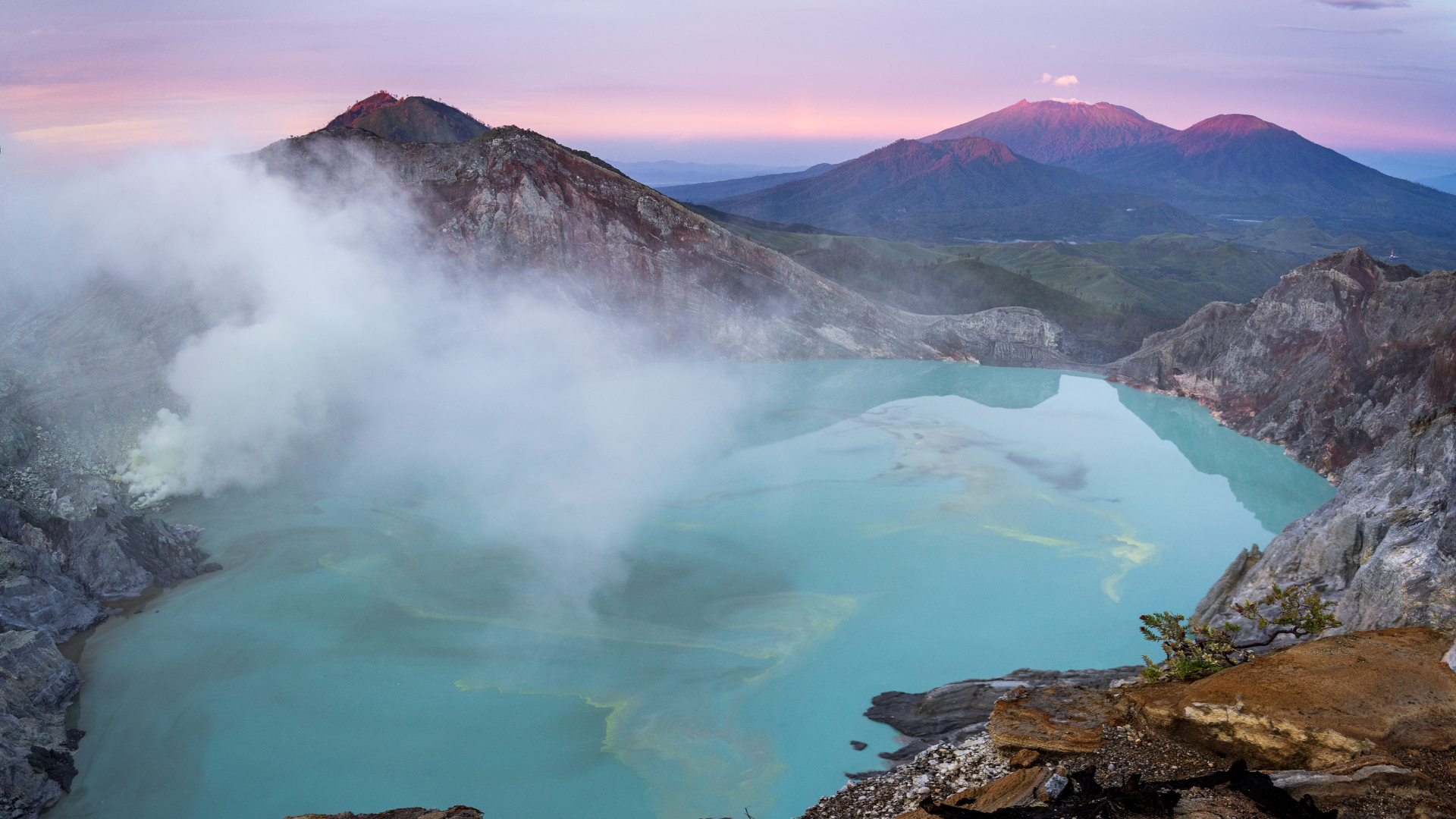
From Japan’s volcanic onsen to Hungary’s mineral-rich thermal pools and the healing muds of the Dead Sea, humanity’s oldest ritual is flowing into the modern wellness mainstream. The global rediscovery of therapeutic bathing blends ancient wisdom with new science — and it’s reshaping the way we think about healing, relaxation, and longevity.
The return to the waters
In the cool mist of an early morning in Beppu, Japan, steam rises from the earth like ghostly fingers. Locals and travelers slip quietly into natural hot springs — onsen — their silhouettes framed by volcanic vapors. Half a world away, in Budapest, the rhythmic splash of chess pieces echoes through the thermal waters of Széchenyi Bath, where generations have treated bathing not as leisure, but as medicine.
Bathing, once prescribed by physicians and sanctified by cultures, is having a comeback. No longer confined to old European spa towns or distant wellness retreats, “therapeutic water” is now a rising global industry — a $63 billion sector within the $6.3 trillion wellness economy. And behind the steam and serenity lies a growing body of evidence suggesting that mineral waters may indeed have more than symbolic power.
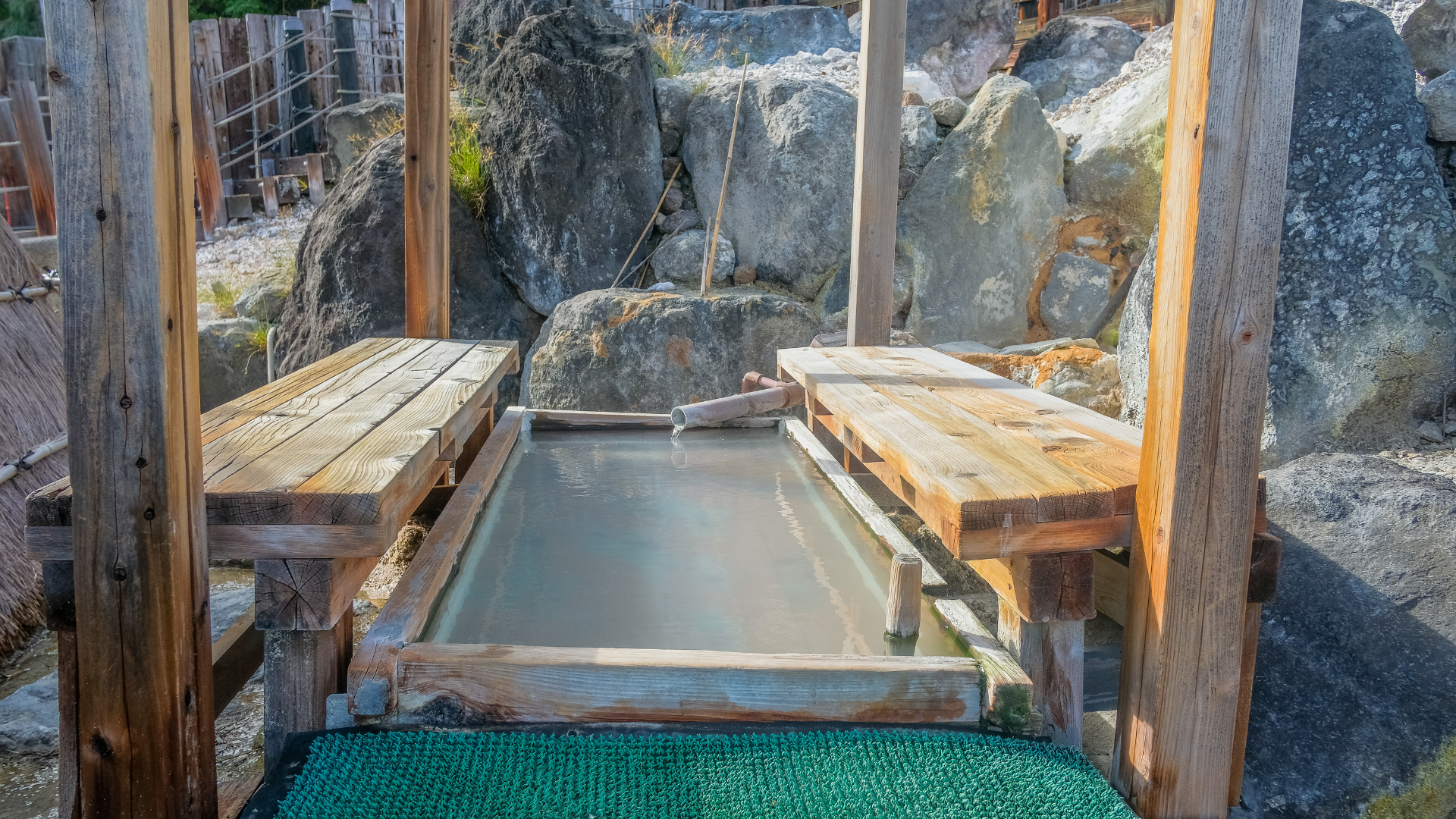
The old made new
Humans have sought healing in water since the dawn of civilization. Ancient Egyptians, Greeks, and Romans built their cities around thermal springs, while Ottoman Turks transformed bathing into art through the hammam. In Japan, the onsen was — and remains — an essential part of daily life and spirituality. Koreans created jjimjilbangs; Finns, their saunas; and the Middle East perfected the steam ritual.
Europe’s great spa towns — Baden-Baden, Bath, Karlovy Vary, Vichy, Wiesbaden — became 19th-century wellness capitals, drawing royalty and writers alike. In 2021, UNESCO officially recognized “The Great Spa Towns of Europe” as a collective World Heritage Site, celebrating water as a universal symbol of rejuvenation.
Today, the same waters are attracting a new generation. But unlike the past, today’s bathers come armed with fitness trackers and a desire for “data-backed serenity.”
What the water does — according to science
What exactly happens when we immerse ourselves in thermal or mineral waters?
At the simplest level, warm water dilates blood vessels, reduces muscle tension, and improves circulation. Buoyancy relieves pressure on joints, allowing for gentle mobility — especially valuable for those with arthritis or chronic pain. Immersion also activates the parasympathetic nervous system, lowering stress hormones like cortisol.
Then come the minerals: sulfur, magnesium, calcium, sodium, bicarbonate, and others, each said to hold distinct therapeutic properties. Sulfur baths, for example, are often used to soothe skin conditions; bicarbonate-rich waters may soften the skin and promote circulation; magnesium is associated with muscle recovery and improved sleep quality.
Scientific evidence is mounting — though cautiously.
Osteoarthritis and low back pain: Systematic reviews suggest balneotherapy can significantly reduce pain and improve joint function, though most effects are medium-term and vary in quality.
Skin conditions: Clinical programs at the Dead Sea and Iceland’s Blue Lagoon show consistent improvement in psoriasis symptoms after immersive treatments.
Mental health: A Japanese national survey found that regular hot spring users reported lower rates of stress and better sleep quality — even after controlling for exercise and income.
Researchers still debate whether the minerals themselves are the key or whether warmth, rest, and ritual are equally therapeutic. But few deny that water — in any form — holds a psychological and physiological power that modern medicine is only beginning to quantify.
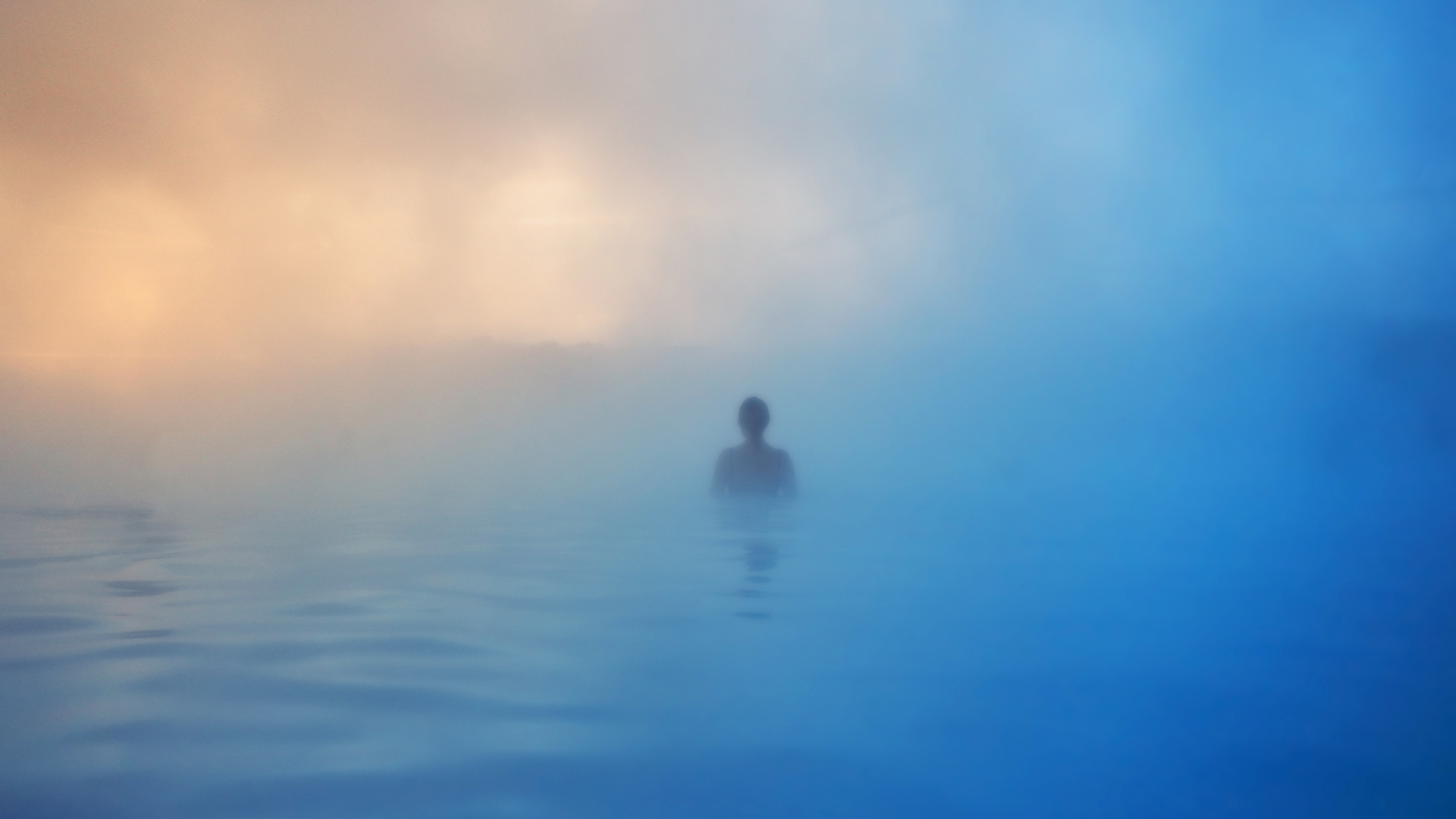
Rituals across the world
Japan: Onsen and the art of quiet healing
With over 27,000 natural sources and 2,300 facilities, Japan’s onsen culture blends purity, discipline, and spirituality. Bathers follow strict etiquette: wash before entering, keep silence, and never splash. Beyond relaxation, studies in Japan link habitual bathing to improved cardiovascular health, reduced fatigue, and better mental well-being.
Hungary: the European capital of Thermal medicine
In Budapest alone, 123 thermal springs fuel a tradition dating back to Roman times. Hungarian balneotherapy is recognized by national healthcare; patients often undergo three-week programs to treat arthritis, spine disorders, and recovery from sports injuries. Studies at Lake Hévíz — Europe’s largest thermal lake — confirm measurable improvements in mobility and pain reduction after structured treatments.
Germany: The Kur culture
Germany’s Kurorte (“cure towns”) are perhaps the most medicalized of all. Over 350 towns are officially licensed to provide Kur programs — therapeutic stays combining bathing, exercise, and nutrition. Many are prescribed by doctors and even covered by insurance for specific conditions.
Iceland: The Blue Lagoon miracle
Born from volcanic seawater, the Blue Lagoon’s milky pools have become a global icon of wellness. Its silica- and algae-rich water is now used in dermatological treatments for psoriasis. Clinical studies have documented symptom relief, reduced scaling, and improved quality of life — though the effect wanes without continued therapy.
Dead Sea: healing below sea level
At 430 meters below sea level, the Dead Sea is the world’s densest saltwater lake. Its unique mineral composition and UV-filtered sunlight create an environment proven to relieve psoriasis, eczema, and rheumatism. Patients often undergo multi-week “climatotherapy” combining bathing and gradual sun exposure.
Romania and the Balkans: ancient baths, modern revival
In Eastern Europe, places like Băile Herculane or Sovata still blend centuries-old practices with new medical research. While some facilities remain rustic, others are transforming into modern wellness hubs — part of a regional revival emphasizing natural healing.
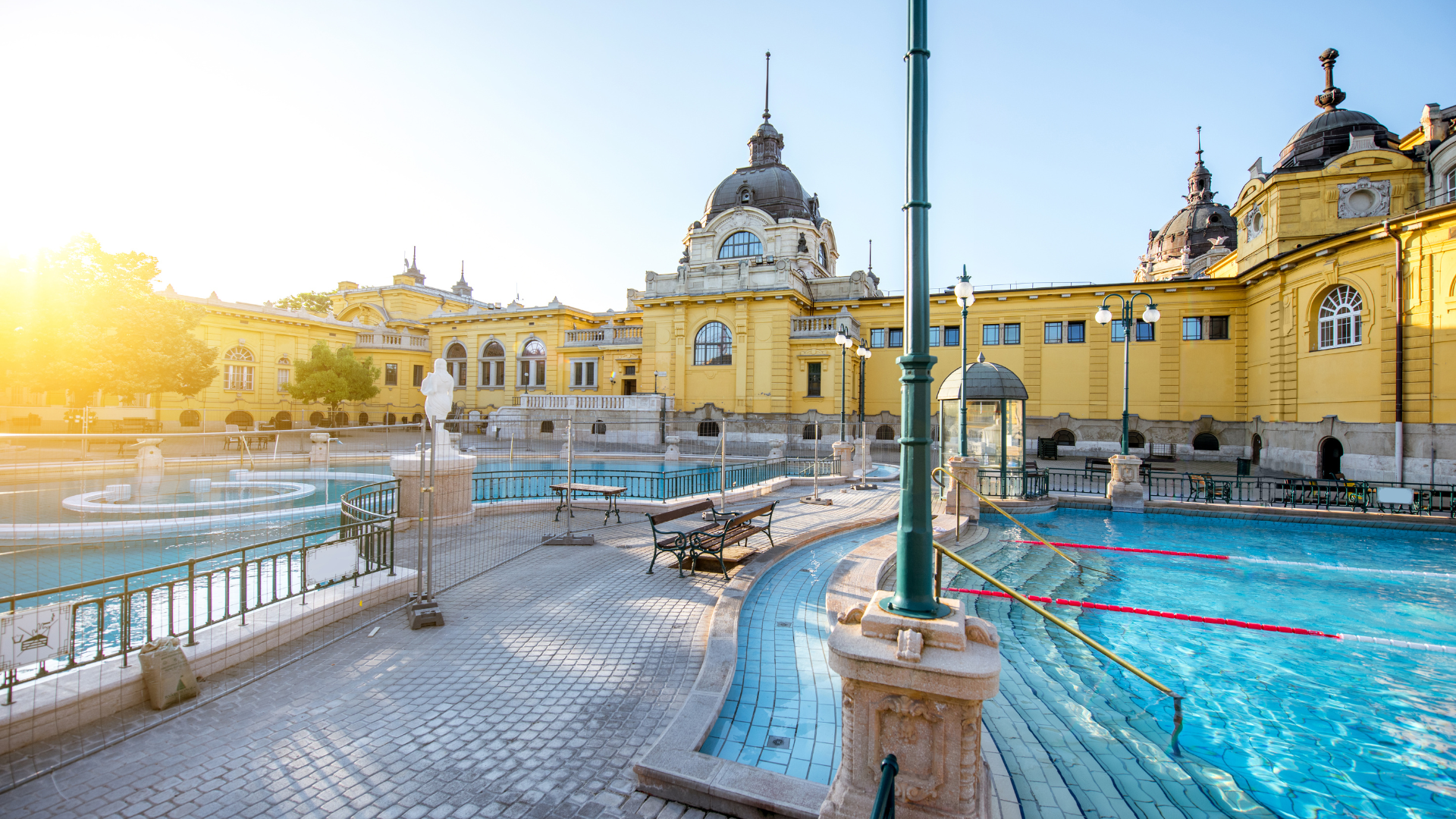
The numbers: water as the new gold
According to the Global Wellness Institute, the thermal and mineral springs sector generated over $63 billion in 2023, spanning 130 countries and nearly 31,000 establishments. It’s part of a wellness tourism boom that’s projected to grow 15% annually through 2030.
This isn’t just leisure. In Germany, spa treatments are a healthcare expense; in Japan, bath tourism is a cultural right. Across Asia, luxury brands are building entire “onsen villages” into resorts. The wellness traveler of 2025 no longer just seeks beaches — she seeks bathing experiences with benefits.
Modern medicine meets ancient ritual
Luxury wellness resorts are now blending hydrotherapy with modern diagnostics — from infrared saunas to cryotherapy, IV drips, and microbiome testing. The result is a booming “medical wellness” industry that walks a fine line between evidence and aspiration.
Traditional hydrotherapy clinics in Europe warn that the scientific legitimacy of balneology could be diluted by flashy trends. Yet both worlds are converging: hospitals collaborate with spas; neuroscientists study thermal stress; startups bottle mineral waters as skin-care ingredients.
Water, it seems, is again at the center of the wellness conversation — just with a digital twist.
How to soak smarter
For beginners, moderation is key:
Keep sessions under 15 minutes initially, especially in high-temperature baths (37–40°C).
Hydrate well before and after.
Avoid alcohol or heavy meals.
Consult your doctor if you have cardiovascular conditions or are pregnant.
For experienced bathers, contrast therapy (hot–cold cycling), mineral profiling (sulfur vs. bicarbonate), and mindful breathing can amplify the effects. Ultimately, bathing is as much about intention as immersion — a ritual of stillness in an overstimulated world.
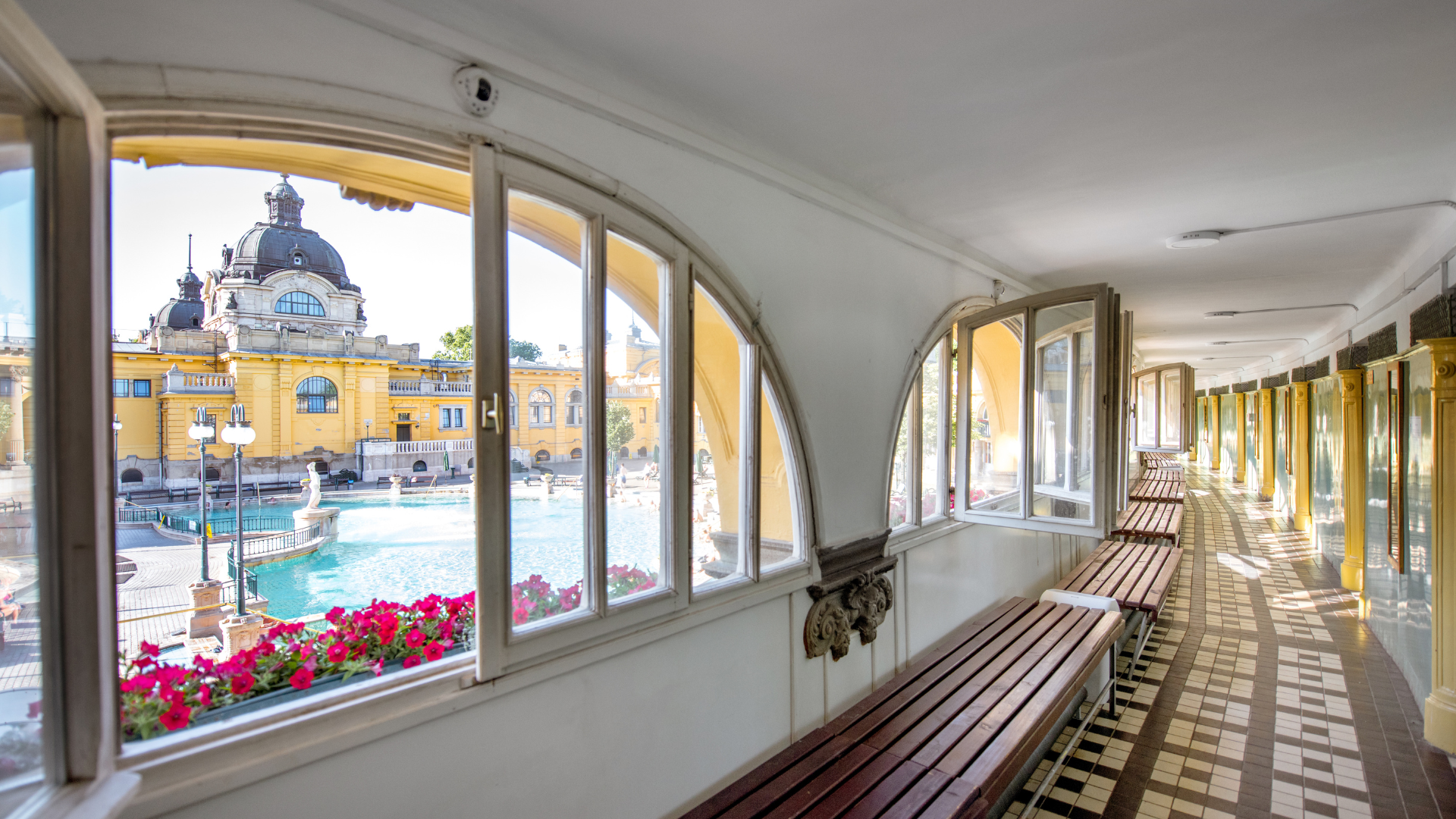
The skeptic’s corner
Skeptics rightly note that many studies are small or lack rigorous controls. Placebo effects, relaxation, and the “vacation factor” are real confounders. The truth lies somewhere between myth and medicine: therapeutic bathing is not a miracle cure, but a meaningful complement — a bridge between body care, rest, and mental renewal.
Where the future flows
As climate anxiety and digital fatigue rise, humans are returning to elemental sources of healing. Bathing — the most primal of them all — is becoming the new yoga, the new meditation, and perhaps the most ancient form of self-care.
From volcanic pools in Kyushu to salt lakes in Jordan, the message is universal: in water, we find balance. Whether you bathe for health, for ritual, or simply for peace, the act connects you to centuries of human wisdom — and to a world rediscovering that sometimes, the best medicine is still a good soak.
Every week you discover tips and tricks about baths around the world, the best places in the world and our new itinerary for 2026.
Xoxo
Andreea